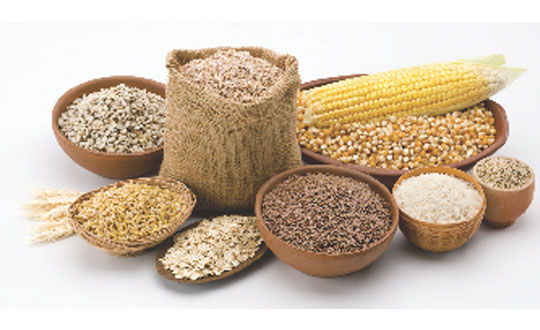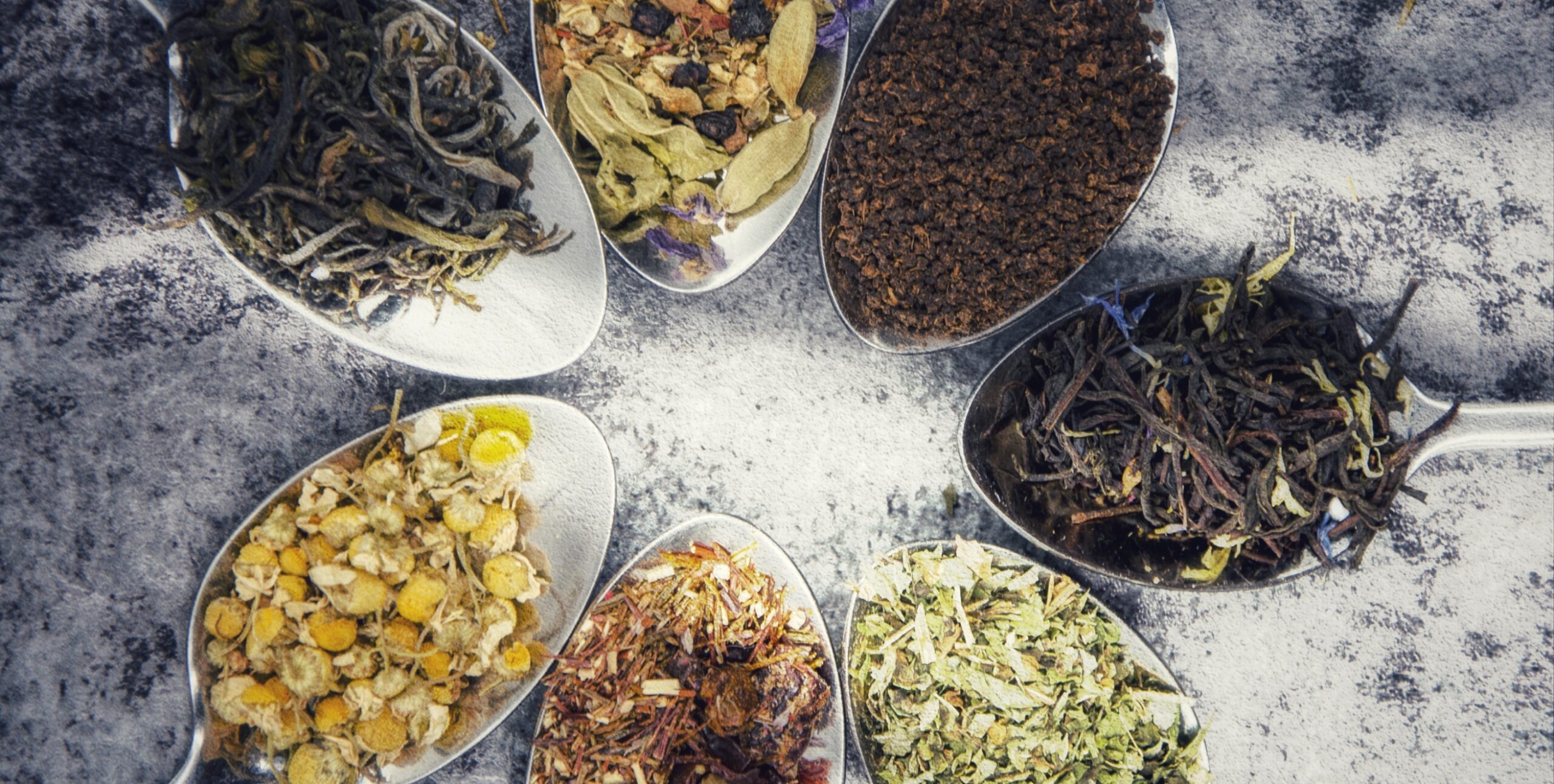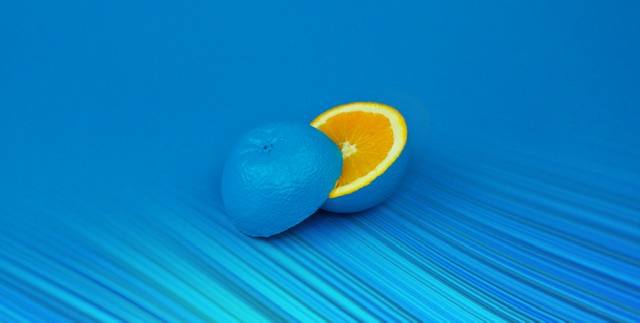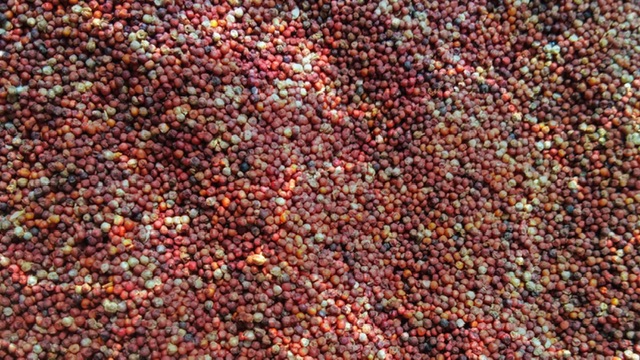Many people across the globe are now seeking their way back to their roots or let’s say ‘back to basics’. A farmer told me, one way to trace our Vedic roots is through the seed. An heirloom seed i.e. a seed passed down from centuries, holds in its DNA the memory of an era gone by. Through eating these enriching ancient grains, we can aspire for the longevity and strength that our ancestors enjoyed.
Plant remains, agricultural tools and pots, dental pathology, settlement remains etc. shed light on the roots of agriculture in the Ganga-Vindhya region and also northwest of the Indian subcontinent i.e. Indus Valley Civilization. From available evidence, it is noted that barley, wheat and rice were the first cultivated crops of these regions. The earliest settlers grew two crops a year; cereals comprised wheat, barley, rice, jowar millet and bajra. Pulses included lentil, field pea, grass pea (khesari) and green gram or moong. The oilseeds comprised field bassica and sesame or til. Jujube, amla and grapes were the fruits eaten by the inhabitants.
The point is that our ancestors worked with a wide variety of cereals and grains. And they were much stronger and healthier than us and lived till their last. As time progressed, commercial farmers chose the most profitable staples like wheat and rice and gradually we lost the taste and nutritional benefits of a wide range of ancient grains like ragi, bajra, jowar, buckwheat etc. To add to this, monocrop culture and hybrid seeds are further diminishing the nutrient content in our diets. Some of the ancient grains, we could aim to revive in our palates, purely for their nutritional advantages are as follows:
JOWAR (GREAT MILLET/SORGHUM)
THE BETTER GRAIN-Jowar, is a rich source of Vitamin B complex. Flour made from this kind of millet is superior to wheat in many ways. Firstly, the antioxidant content of the flour is very high. Some varieties of jowar contain beta carotene which can be converted to Vitamin A by the body. It also has small amounts of Vitamin D, E and K.
The nutrient profile is such that it is ideal for diabetics and for those who have elevated cholesterol levels. Jowar can be eaten mixed in flour as rotis. You can also eat it in the form of khichdi with other grains mixed with it.
BAJRA (SPIKED/PEARL MILLET)
It is a very popular grain in Rajasthan. Bajra is an ancient grain, which has been used for centuries. It is high in protein with a respectable amount of amino acids. It is a good source of iron as well. It is also a rich source of Vitamin B12. All forms of Vitamin B are absolutely necessary for a healthy nervous system.
Bajra rotis (flatbread) look like small tortillas. The roti is made with many flavour-enhancing ingredients such as onions, spices and herbs.
JAU (BARLEY)
Barley is rich in many minerals including calcium, zinc, magnesium and potassium. This profile of minerals makes it an appropriate choice for hypertensive individuals. The flour has a higher content of protein as compared to wheat. Moreover, the starch content is of the resistant variety, making it suitable for diabetics.
Barley is great for a healthy diet. It includes both soluble and insoluble fiber in abundance. It can be added to soups, cereal and salads. It is available as coarse barley (original form), hulled barley (barley pearls) and barley sattu (mixture of ground pulses and cereals). Barley has more fibre than oats, both soluble and insoluble. It is also rich in antioxidants. Barley is excellent to tackle diabetes because it has a very low glycemic index.
RAGI (FINGER MILLET)
The flour of this grain is high on protein and low in fat. One of the staple foods for many villages across India, ragi is one of the more nutritious grains. Ragi is very rich in calcium, and till date in the southern parts of India, it is used by mothers for preparing porridge for babies. It can also be made into roti, or dalia with gur (jaggery) for children.
KUTTU (BUCKWHEAT)
Popularly known as vrat ka atta, buckwheat varieties provide between 17g to 23g dietary fibre per cup. The impressive fibre content of this flour helps to lower the levels of bad cholesterol (LDL) in the blood and thus lower the risk of heart disease.
An old grain, buckwheat has many superior qualities. It has eight amino acids and is also rich in magnesium and manganese. Magnesium is particularly important for its beneficial effect on blood vessels. The salts help to improve blood circulation and decrease high blood pressure. It helps in maintaining the water balance in the body which is essential for reducing migraine and heart disease.
RAMDANA (AMARANTH)
Agricultural researchers are cautiously hailing this relic of antiquity as ‘the grain of the future’ for its potential to provide protein, vitamins and minerals. In India, amaranth is known as rajgira (‘king seed’) and ramdana (‘seed sent by God’).
Amaranth contains more protein than other common grain foods (the tiny seeds are 16 percent protein, as against 12 to 14 percent for wheat) and the quality of that protein (its ability to meet human protein needs) exceeds that of protein in soybeans and even milk. In addition, amaranth is relatively a good source of cholesterol-lowering soluble fibre, calcium, iron, magnesium, zinc, Vitamin A, C and several B vitamins. It contains about four times as much calcium as wheat and twice as much iron and magnesium. Flavonoids (such as rutin and some phenolic acids as gallic acid, phydroxybenzoic acid and vanillic acid) with antioxidant effects also occur in amaranth seeds and sprouts. Amaranth is gluten-free and easy to digest.
Amaranth can be used to bake, steam or cook it as a cereal, grind into flour, pop like corn, sprout or toast, add to salads, casseroles, stir-fries, desserts or even thicken your soups and stews. Amaranth flour can be added to breads, rotis, flour mixes, cookies, porridge, health bars or as fillers, toppings and beverages. Sprouting these seeds further increases their nutritional value. Sprouted seeds can be added to salads or juices.
MAKKI (CORN)
This is a good source of the B-complex vitamins and also of fibre. The flour that is generally consumed by us is made from the white or the yellow corn variety. The rotis (flatbread that is unleavened) made from this flour have a mild sweet flavour that goes well with a slightly pungent variety of leafy vegetables.
SINGHARA (CHESTNUT)
The flour is made from the nuts of the water chestnut and has a slightly higher fat content than wheat. However, this fat is free from cholesterol and trans fats. The flour is commonly used by those sensitive to wheat. The flour is rich in B vitamins, starch and minerals such as potassium. However, the slightly high starch content keeps the weight-watchers away from this flour!
References:
http://www.nytimes.com/1984/10/16/science/ancient-forgotten-plant-now-grain-of-the-future.html?pagewanted=1
http://www.bakeryupdate.com





